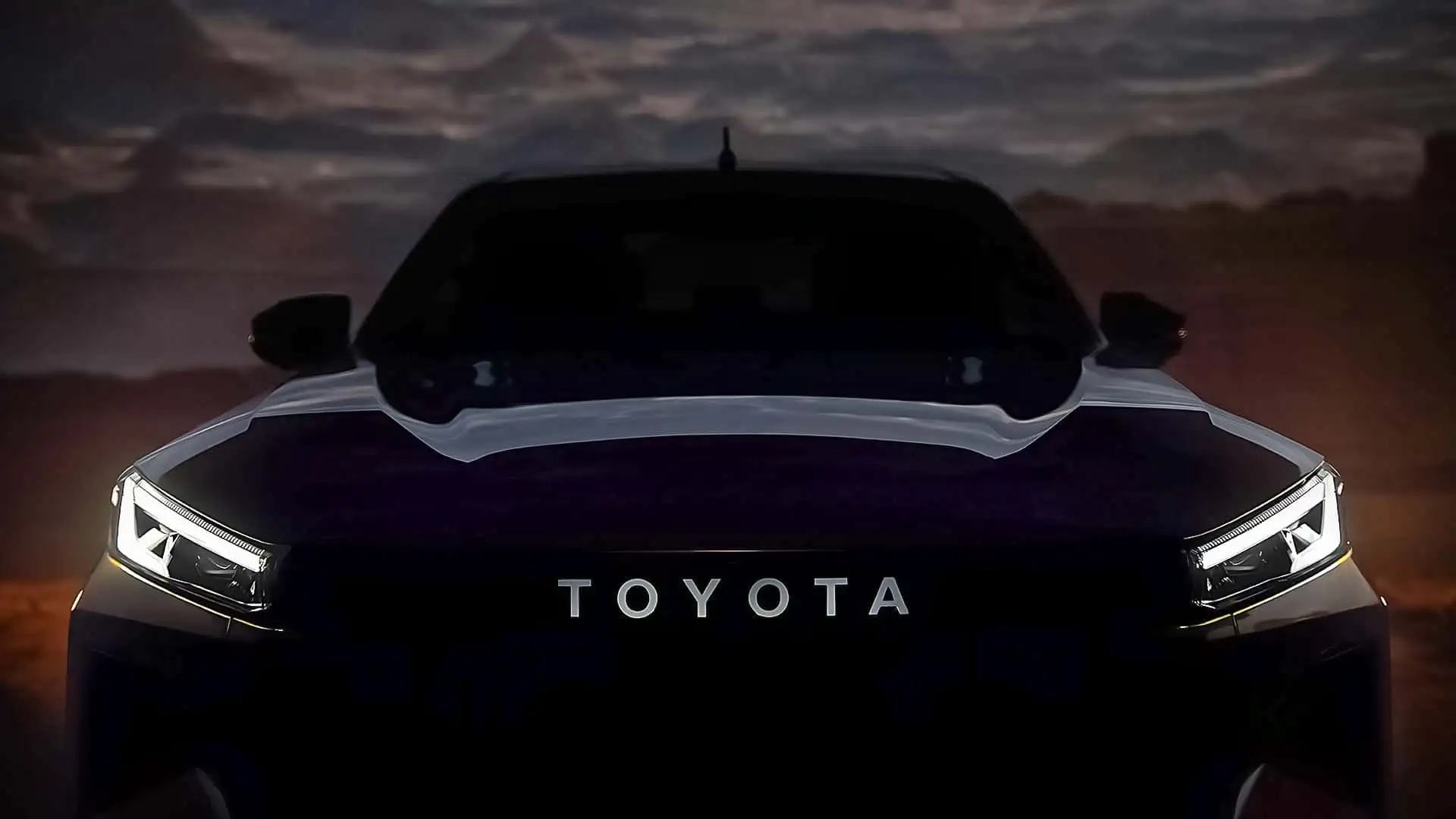The major challenges tied to electrification are putting increasing pressure on carmakers’ finances. Developing more efficient batteries, increasingly sophisticated motors and dedicated platforms requires enormous, ongoing investments that are often difficult to sustain. Add to this the need to regularly refresh every model, and financial stability begins to waver.
Toyota extends its model lifecycles to boost profitability

Even Toyota, historically one of the most cautious and disciplined brands when it comes to resource management, is no longer able to avoid this spiral. The Japanese manufacturer, long convinced of the importance of staying at the cutting edge, has realized that the current pace is no longer sustainable and is preparing a significant strategic shift. Until now, Toyota has followed a fairly straightforward approach: keep each model on the market for about seven years, introduce a facelift after three or four, and implement minor upgrades mainly on the technology side. A proven process designed to keep each vehicle competitive throughout its lifecycle.
According to Asian media, however, the brand is now seriously considering stretching the cycle to nine years. The extra two years, in Toyota’s view, would help contain costs without sacrificing product quality. This wouldn’t mean abandoning models to their fate. Instead, the idea is to move away from expensive cosmetic updates, something even Volvo has repeatedly emphasized, and shift the focus toward software upgrades that can improve connectivity, safety, comfort and, where possible, performance and range.

This strategy would also benefit the used-car market since a longer cycle makes a model less vulnerable to the dramatic value drop that typically follows the launch of a successor. Additionally, part of the revenue would come from extra digital features, a business area Toyota has so far tapped only minimally compared to its European competitors. With more flexible pricing management, the company would also gain greater stability in financial projections, reducing its dependence on launch timing.
The industry is entering an entirely new phase, and Toyota cannot afford to remain anchored to old patterns if it wants to maintain its position as a global leader. It is not out of the question that this shift could push Korean brands, currently among the fastest in the industry at updating their lineups, to reconsider their own aggressive product-refresh cycles, which are becoming increasingly difficult to sustain given today’s development costs.

